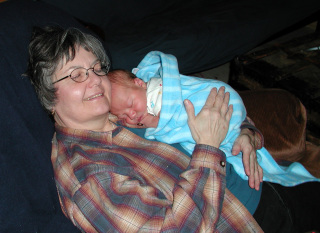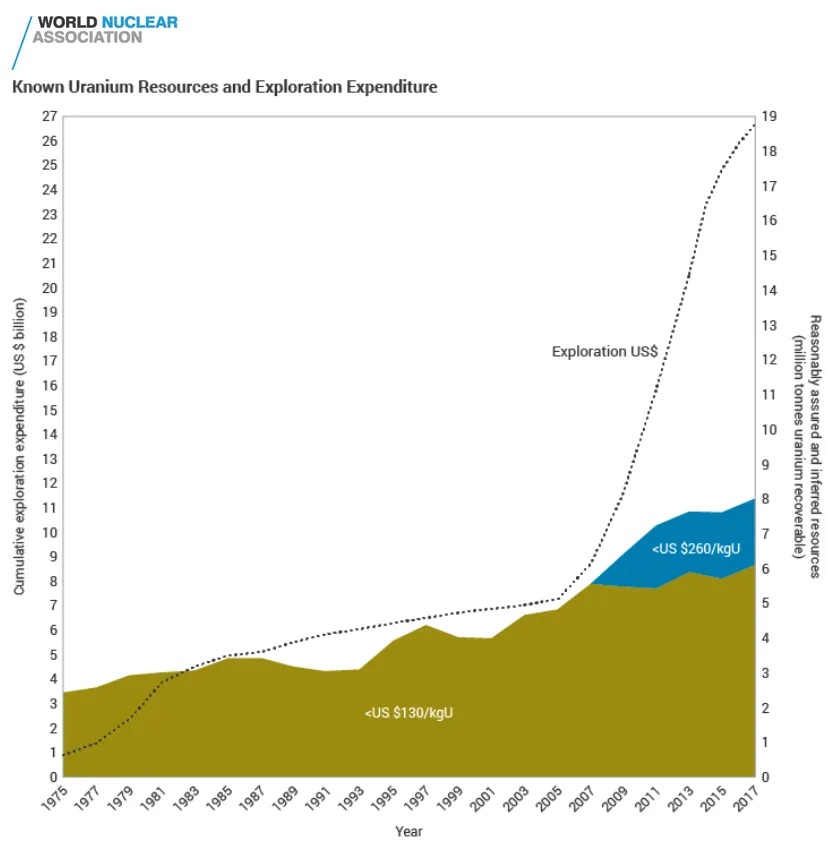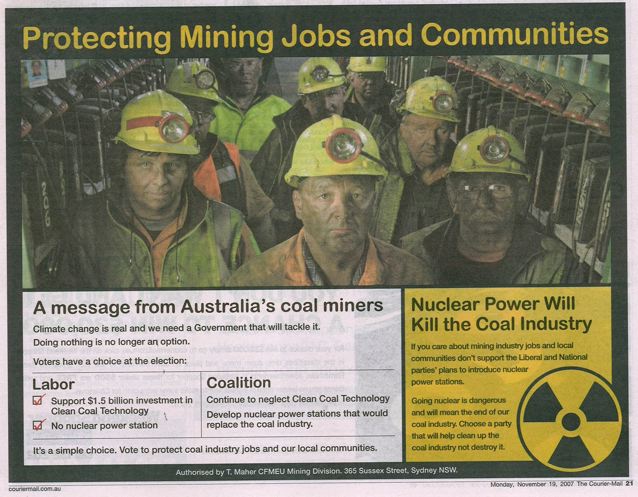Linear no Threshold LNT
Time to Eliminate LNT: The NRC Needs to Adopt LT and Eliminate ALARA
The Linear No-Threshold (LNT) model has been the basis of radiation regulatory policy for more than 70 years but, lacking valid scientific foundation, remains only an assumption. The LNT extrapolation from observed high-dose effects to putative low-dose responses entails that all ionizing radiation exposure down to zero is harmful proportionally to dose; this implicitly denies the existence of a protective biological response to the observed initial radiation-induced damage. Denying such a response, LNT further implies that the harm is cumulative throughout life, regardless of how low the dose or dose rate. But there are evolved protective biological responses that quickly repair or remove any radiogenic damage from low doses and dose rates, thereby preventing damage from accumulating. LNT and its offspring, ALARA (as low as reasonably achievable), do not err on the side of caution and are not conservative. Instead the public needs protection from radiophobia rather than from low-dose/rate radiation exposure. The NRC and other regulatory agencies should no longer base their radiation protection standards on LNT. Instead regulatory policy should be based on a linear (down to a) threshold (LT) model.
Linear no-threshold model; ALARA; low-dose radiation exposure risk; adaptive response; Nuclear Regulatory Commission; radiation protection
The Linear No-Threshold (LNT) model has been applied to low-dose and low-dose-rate ionizing radiation for more than 70 years, but it lacks valid scientific foundation and so remains only an assumption. Nonetheless, this assumption remains the orthodox foundation of radiation protection science and forms the basis of radiation regulations and public policy. That is, radiation protection policies are dominated by a paradigm based on an assumption without empirical foundation. Radiophobia, promoted by use of LNT (and ALARA), has prompted three petitions for rulemaking (PRMs) to the U.S. Nuclear Regulatory Commission (NRC) on 23 June 2015 (80 FR 35870), requesting that it cease using this model in favor of a model indicating radiation-induced benefit at low doses (i.e., hormesis). The NRC requested public comments and that its Advisory Committee on the Medical Uses of Isotopes (ACMUI) consider the requests in the PRMs. In its Final Report dated October 28, 2015, the ACMUI, after considering the petitions, made the following recommendation to the Commission (emphasis added):
The “correct” dose-response model for radiation carcinogenesis remains an unsettled scientific question. There is a large, and growing, body of scientific literature as well as mechanistic considerations which suggest that 1) the LNT model may overstate the carcinogenic risk of radiation at diagnostic medical, occupational, and environmental doses and 2) such low doses may, in fact, exert a hormetic (i.e., a beneficial or protective) effect. However, in the absence of definitive refutation of the LNT model and while strongly encouraging continued investigation critically comparing alternative models, regulatory authorities should exercise prudent (though not excessive) conservatism in formulating radiation protection standards. The ACMUI therefore recommends that, for the time being and subject to reconsideration as additional scientific evidence becomes available, the NRC continue to base the formulation of radiation protection standards on the LNT model.
Unfortunately, while the ACMUI acknowledged the vast and ever-growing body of scientific literature refuting the Linear No-Threshold (LNT) model – often also affirming hormesis – it nevertheless recommended that the NRC maintain its reliance on the LNT model, because it would be the “prudent” and “conservative” regulatory strategy to take. The ACMUI apparently believes that LNT model-derived regulations and policies, since they assume the maximum harm, are protective of public health. But the aftermath of the Chernobyl and Fukushima nuclear accidents demonstrate the falsity of this assumption.
In fact, overestimated risk has devastated hundreds of thousands of lives, many shortened thereby. Furthermore, the radiophobia promoted by the LNT-derived “as low as reasonably achievable” (ALARA) principle (a regulatory requirement that was not specifically addressed in the ACMUI report) is firmly entrenched in medical radiological imaging. This one-sided assumption of radiogenic damage without biological response blinds radiologists and patients to actual risks, such as misdiagnosis due to nondiagnostic (underexposed) images or avoidance of medical imaging. Additionally, it obscures and denies demonstrable potential health benefits from the radiation itself, thus compounding the error. While demanding “definitive” refutation of LNT before regulatory policy is changed, the ACMUI leaves unspecified what they would consider definitive refutation. Thereby they reserve the sole right to decide what evidence would suffice as refutation, all but guaranteeing that the current policy remains in place indefinitely.
Interestingly, there has never been any “definitive” or undisputable evidence supporting LNT. In contrast, there is “definitive” evidence that its use has resulted in harmful, even deadly, consequences. There are countless scientists whose performance, or at least acknowledgment, of voluminous experimental and observational studies already convinces them that the refutation has been definitive. This is the point that lies at the crux of our argument. The ACMUI misassigns the burden of proof. Rather than those with the preponderance of evidence bearing the burden, it should rightly be borne by those who have none that their data actually support. The ACMUI seems to be shirking its responsibility by awaiting “definitive” refutation from the putative “mainstream” of expert scientific opinion, such as represented by scientific committees like NCRP, BEIR, and ICRP. Such change will not likely come soon, since these committees are comprised of significant overlapping members. The recommendations from these groups have led to a long-term, mutually-reinforcing “scientific consensus” that has utterly failed the public and has produced far more harm than good, by repeatedly defending and promoting the fictitious LNT model. Many people have died as a result of unjustified and unsupported policies formulated on the basis of LNT, so there is great urgency in terminating regulatory use of LNT and its corollary the ALARA principle.
LNT advocates have made scientific claims pertaining to low-dose radiation exposure that have proven to be false. One is that low-dose radiogenic up-regulation of protective adaptive responses only partially offsets the carcinogenic damage. Another is the self-justifying admission that epidemiological studies cannot detect the risk because of the noisy background [1,2]. When it serves their interests, however, Little, for one, has reversed himself, unashamedly asserting that certain recent large epidemiological studies by the International Agency for Research on Cancer (IARC) demonstrate that low-dose/rate radiation increases cancer mortality-but only by 0.1% over a baseline risk of some 25% [3]. Little thus defends two incompatible claims: first, that epidemiological studies cannot provide evidence for LNT because of statistical invisibility, and, second, that if some how they appear to provide this evidence, then they should be uncritically accepted as having, in fact, accomplished the impossible. But the appearance of success in the IARC studies is based on circular reasoning, as well as on illegitimate statistical maneuvering that satisfies a desire for mathematical convenience, as we (BS and JAS) have shown, thereby resolving the apparent paradox [4]. Considerations of biology and physics should be the source and/or final arbiter of scientific hypotheses about ionizing radiation, and not assumptions that happen to yield mathematically convenient relationships. If epidemiological studies indicate no significant radiation-related excess cancer at low doses (<100-200 mSv), it is not simply because the expected effect is too small to be detected. Statistical invisibility is a straw-man argument that applies only to LNT, since, rather than being invisible, the increased cancer risk is nonexistent, or, more precisely, is actually negative (hormetic) – as hundreds of studies have demonstrated with statistical significance. That is why evidence for hormesis is, in fact, statistically visible, and that is why it is necessarily ignored by LNT proponents in their determination to preserve the demonstrably false LNT assumption as the basis of policy [5].
The LNT assumption derives from incomplete, early-20th-century genetic experimental observations of mutations in fruit flies. It was a result of extrapolation far below the experimental range, an a priori unjustified maneuver that the data, furthermore, suggested was not even accurate [6]. Experimenter Hermann Muller, in his 1946 Nobel Lecture, asserted unequivocally that there is no threshold for harm all the way down to zero dose (or dose rate), despite the fact that the data only extended from high doses down to 4,000 mGy and from high dose rates down to 0.1 mGy/min-making his claim a stunning non-sequitur. In the 2-3 years following his Nobel Lecture, experimental data obtained at doses down to 250 mGy and dose rates as low as 0.0174 mGy/min suggested a Linear Threshold (LT) – i.e., linear down to a threshold-relationship between mutation frequency and radiation dose. Furthermore, contrary to the interpretation of the experimenters, their data suggested a marked dose rate effect at this dose threshold [6]. Ten years later the NAS BEAR committee extended this initial error from fruit flies to humans and applied it to carcinogenesis and birth defects in subsequent generations. So, there has been no evidence, “definitive” or otherwise, supporting the LNT model, nor has any evidence since then ever validated the carcinogenicity of low-dose radiation exposure. On the contrary, countless experimental and observational studies show that such doses do not cause cancer, but more likely help prevent it, through its stimulation of several layers of evolved biological defence mechanisms.
The assumed LNT extrapolation from high-dose to low-dose responses entails not only that all ionizing radiation exposure down to zero is harmful, proportional to dose, but also entails the denial that there is any adaptive biological response at all to the (undisputed) initial radiation-induced damage. It is also taken to mean that radiation yields cumulative harm throughout life, regardless of how low the dose or dose rate. Both claims are demonstrably false, since there is an evolved protective biological response, and any dose rate low enough to allow that response to take place permits remediation of any damage that may be done in intact organisms by either repair or, that failing, removal of the damaged cells by apoptosis or the immune system. Thus, LNT has led to regulations and policies that are not merely unneeded for protection but, on the contrary, turn out in practice to produce great harm [7-9]. For example, more than 1,600 deaths resulted after the Fukushima nuclear accident from the misguided LNT-based evacuation policy, both in the immediate aftermath and from its being kept in force for many years.
Astonishingly, the atomic-bomb survivor cohort of the Life Span Study (LSS), the single most important dataset for estimating radiation effects in humans after acute high dose-rate exposures, is consistent with at least a LT dose-response relationship, if not a hormetic relationship [8,9]. Yet the regulatory basis of radiation “protection” remains firmly wedded to the LNT fiction and its consequently unjustifiable ALARA policy. The bottom line is that neither LNT nor ALARA errs, in fact, on the side of caution, but rather errs firmly on the side of harm.
It is also noteworthy that the spontaneous endogenous mutation rate – due to reactive oxygen species (ROS) produced by normal metabolism-is roughly a million-fold greater than that due to low-dose-rate radiation. The minuscule ratio of radiogenic-to-nonradiogenic (endogenous) DNA damage increases at much higher doses and/or dose rates, but it remains small for the radiation exposures that would be encountered by the public from either medical imaging or nuclear accidents, or even by radiation workers [10].
Different mechanisms operate at high and low doses delivered acutely. At very high doses delivered at sufficiently high dose rates, the body is indeed unable to repair or eliminate all the damage done, whereas the biological responses at low doses or low dose rates more than serve to overcome any damage. These include DNA repair (at the molecular level), apoptosis and bystander/rescue effects (on the cellular level), antioxidant production (on the tissue level), and immunological removal of surviving damaged cells (on the organismal level). These layers of adaptive responses collaborate for the harmonized function of all organisms and involve more than 150 genes [8,11-14]. If there is any characteristic feature of healthy living organisms, it is the naturally selected ability to respond to damage in order to preserve homeostasis. Had such biological responses not evolved, endogenous DNA damage alone would cause us to develop cancer every minute of the day-even if the earth lacked natural radiation from ground and sky.
More at link above quote.









